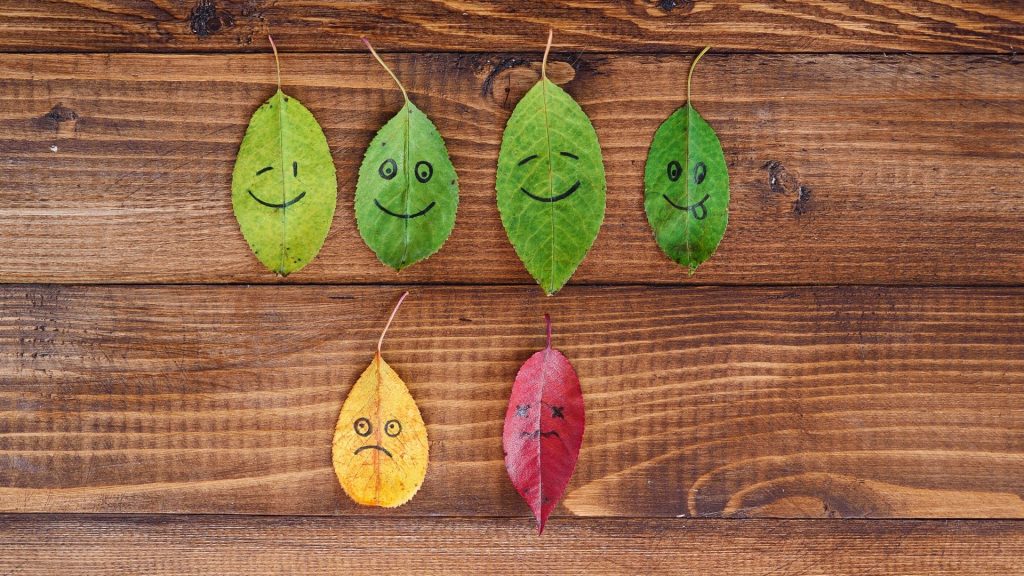Are you emotionally unstable? How can you learn to regulate your emotions?

Many of my clients have unstable emotions in their daily lives. They might suddenly feel very sad in a gathering with their friends. They might also experience out of proportion anger towards their children when working from home. Sometimes, in the evening when being alone, they might experience a mixture of shame or guilt that they could not tolerate. In fact, some of them might use maladaptive methods to help them to cope with these emotions. For examples, some of my clients might cut themselves in their arms or might drink a lot of alcohol as ways to cope. Another group of clients might throw temper towards their family members unreasonably in reaction to some situations that triggered their emotional fluctuation. Emotional instability is causing a lot of problems in people’s lives. This may have enormous impact in their career, their family relationships and other aspects of their lives. It is beyond dispute that being able to maintain stability in emotions is beneficial to every one of us. How can we learn to regulate our emotions, so that we can be more emotionally stable?
Before regulating our emotions, we need to understand a model of our reactions in relation to our emotions. First of all, emotions are triggered by an event. This event can either be external, such as a criticism by others, or internal, such as we criticize ourselves internally. Secondly, we tend to interpret the event we are experiencing in some way that causes our emotions. For instance, if we interpreted our internal criticism of us being inadequate as true, we would feel very shameful and depressed. Thirdly, we experience our emotions in terms of different components, including feeling, thinking, behavior and bodily sensations. Our internal criticism of ourselves being inadequate is the thinking element of our emotions. Our feeling of depressed or sad is the feeling element. We may experience tiredness in our body or pressure in our chest, this is the bodily sensations of our emotion. As a result, we quit doing what we are doing, such as writing a proposal for work, and go to bed to sleep whole day. This is the behavioral element of our emotion.
Sometimes, when we experienced intense emotions, such as sadness or shame, we may have the urge for some actions to alleviate the uncomfortable feelings. We may use shopping, drinking or physical exercises to cope with these feelings. These urges and actions are the reactions of our emotions. Some of these actions might be maladaptive and some might be adaptive. Whether the actions are adaptive or not depends on the consequences of our actions and on its functions in resolving the emotional outbursts in an adaptive way. For example, if I went to shopping for a dress that I planned to buy for a while when I felt a little depressed. This may or may not be adaptive. If I just bought one dress as planned and did not become obsessive in buying many clothes, this could be a temporary adaptive coping. Another example is if I went for physical exercising excessively when feeling depressed, this seemingly health-promoting behavior might be maladaptive if I did it excessively.
It is important for us to be mindful in the trigger, our interpretation, our emotional reactions and our urge and actions in relation to an emotionally provoking event. In order for us to be able to be mindful throughout these stages, we need to have regular mindfulness practice to cultivate mindfulness in our daily living. If we are being mindful of these stages in this model, we could do something to regulate our emotions at the material time and prevent ourselves from acting maladaptively.


